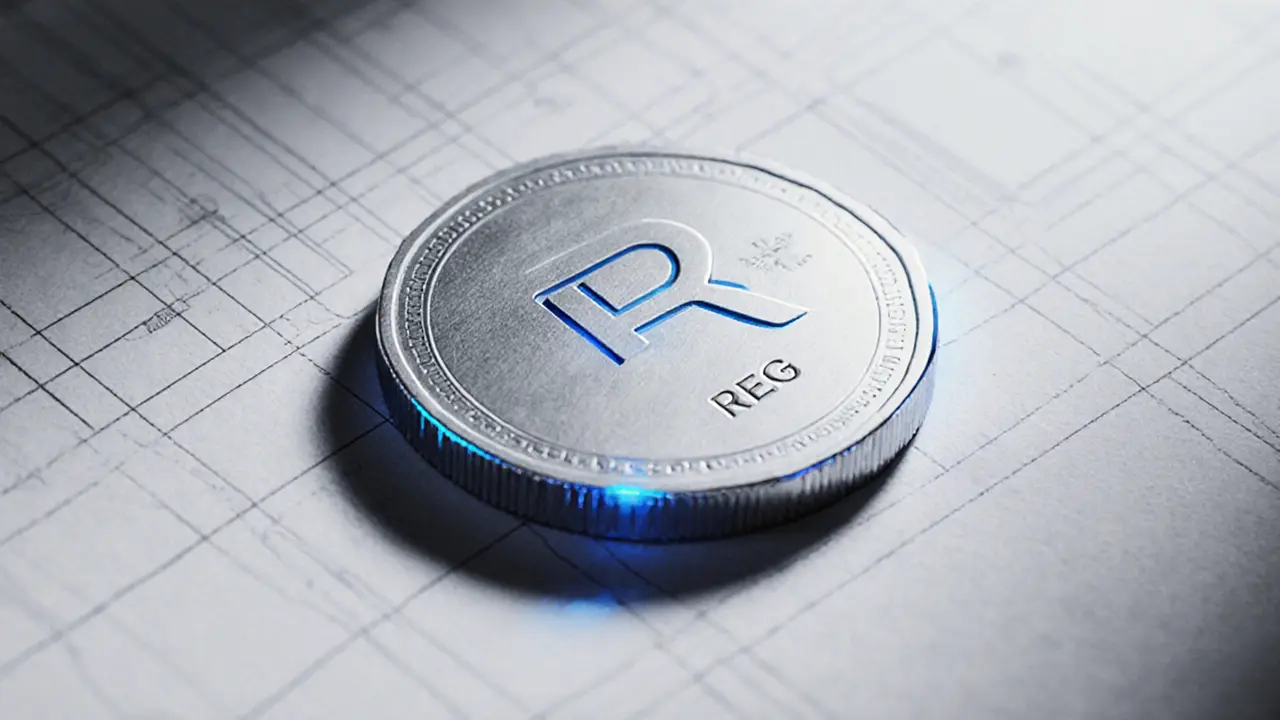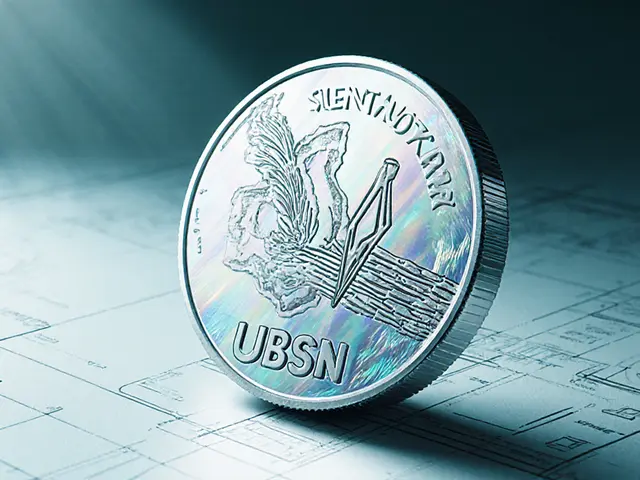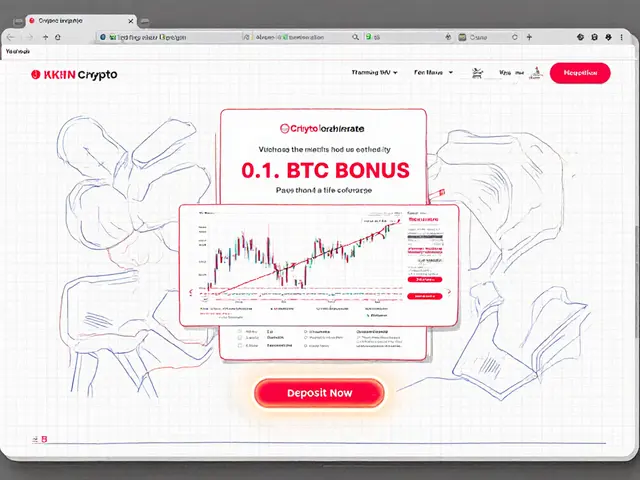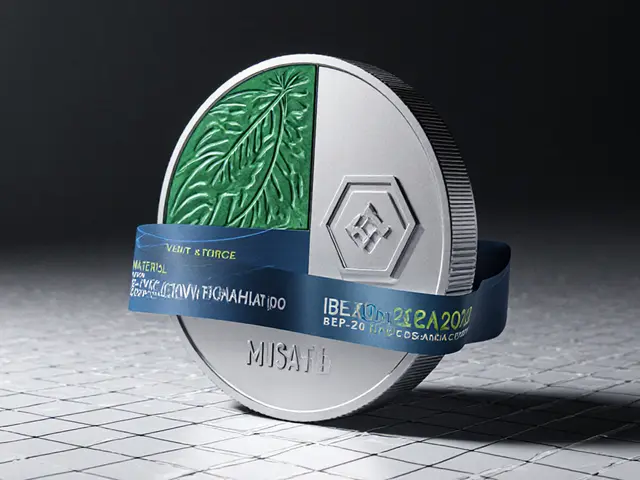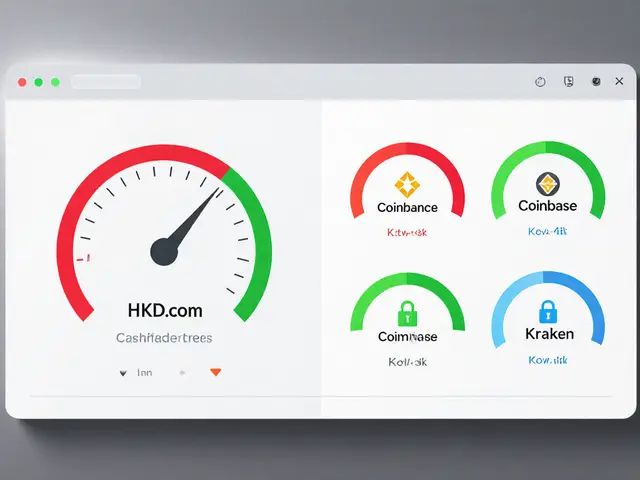Crypto Governance: How Decision‑Making Works in the Crypto World
When talking about crypto governance, the set of rules and processes that let participants steer a blockchain project. Also known as on‑chain governance, it combines community voting, token holder influence, and sometimes off‑chain legal compliance. Decentralized Autonomous Organization (DAO) a legally‑unstructured entity governed by smart‑contract rules is a core vehicle for this, letting anyone with a governance token propose and vote on changes. Token governance the practice of using native tokens to weight voting power turns economic stake into decision‑making power, while Regulatory framework government‑issued rules that shape how projects must operate adds an extra layer of compliance that can override or support on‑chain choices. In short, crypto governance encompasses DAO voting, token‑based influence, and regulatory oversight.
Key Concepts You’ll Encounter
First up, on‑chain voting – a transparent, immutable way for token holders to signal support or opposition. Projects often use quadratic voting or simple majority thresholds to balance power between whales and smaller participants. Next, proposal mechanisms let community members submit upgrades, fee changes, or new features; most DAOs lock a small amount of tokens as a submission deposit to curb spam. Staking also plays a role: by locking tokens, users boost their voting weight and earn rewards, linking security and governance.
Legal compliance adds another dimension. When a government imposes a regulatory framework – for example, requiring anti‑money‑laundering checks for token swaps – a DAO may need to adjust its smart contracts or delegate certain decisions to a compliance committee. This interaction creates a feedback loop: stronger regulations can push projects toward clearer on‑chain rules, and well‑designed governance can help meet legal standards without sacrificing decentralization.
Community dynamics matter too. Community proposals often arise from developers, investors, or regular users who spot a bug or see a market opportunity. The success of a proposal depends on clear communication, solid data, and the ability to rally token holders. Tools like Snapshot, Aragon, and DAOstack provide user‑friendly interfaces that abstract away the technical complexity of casting votes, making participation easier for newcomers.
Finally, remember that governance isn’t static. As projects evolve, they may shift from pure on‑chain voting to hybrid models that blend off‑chain deliberation with on‑chain execution. This evolution reflects lessons learned from early experiments, where low voter turnout or dominant whales sometimes skewed outcomes. Hybrid models aim to capture the best of both worlds: inclusive discussion and enforceable, transparent implementation.
Below you’ll find a curated selection of articles that dive deeper into each of these areas – from DAO structures and token‑based voting to real‑world regulatory impacts and practical how‑to guides. Explore the range of perspectives and get the actionable insights you need to navigate crypto governance today.
RealToken Ecosystem Governance (REG) Token Explained - What It Is, How It Works, and Why It Matters
Learn what REG token is, how it powers the RealToken ecosystem, where to trade, earn, stake, and the risks involved-all in one clear guide.
View More